Metroid is an inconsistent franchise, to say the least. While nearly every game in the series is universally beloved, it will often go into hibernation for years without any sign of life. Sometimes entire console generations pass before Nintendo creates a new installment in the franchise. Even when they do announce a new game, they’ll typically outsource new Metroid games to other studios rather than create one themselves. It’s not easy being a Metroid fan, but it does have its perks.
The Metroid series is arguably one of the most important franchises in gaming history for its innovations within the industry and the creation of the Metroidvania genre. Plus, some of its titles are considered as the best of all time, with fans always going to bat for them even during the series’ darkest hours. So with that in mind and in honor of the 30th anniversary of Super Metroid this week, here is our ranking of every mainline Metroid game published by Nintendo!
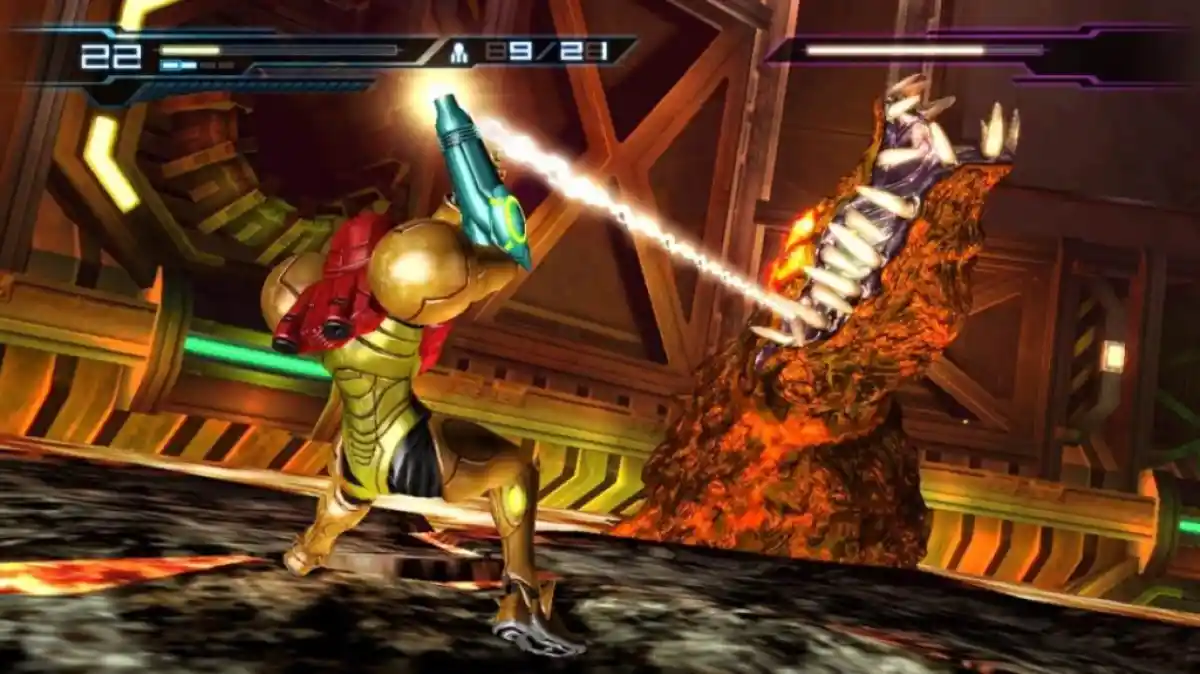
11) Metroid Other M (Wii)
Metroid Other M is a misguided game, to say the least. While the ideas are there to make a solid installment, featuring some pretty pleasant Wii graphics and high-octane set-pieces the likes of which the franchise hasn’t seen before, it seemed to be intentionally crippled from both a gameplay and narrative perspective. Trying to make such a complex game function on a single Wiimote turned sideways was foolhardy at best and cumbersome at worst, making it a bizarre game to actually play. Then you have the narrative, which many argue ruined Samus’ character and made no logical sense, both of which are correct. The game has received somewhat of a critical reappraisal in recent years, but there’s a good reason why I bought my copy of Metroid Other M discounted to $5 not even a full year after release.
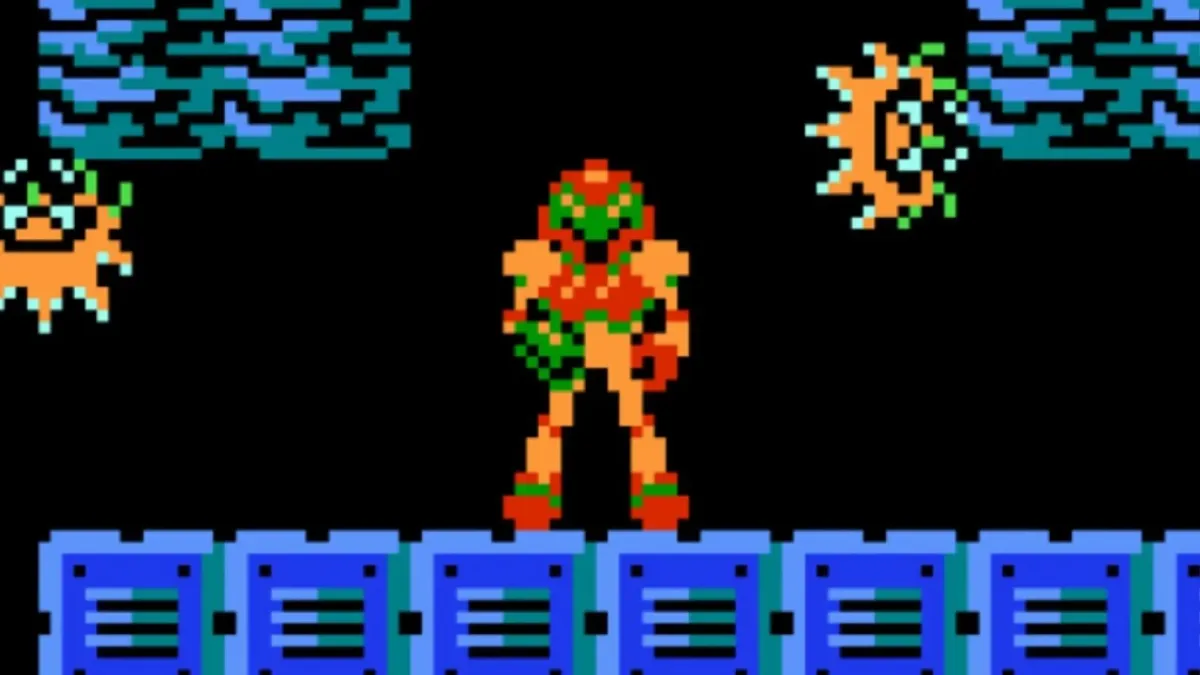
10) Metroid (NES)
I feel bad whenever I make these lists putting the first game in a series so close to the bottom, but can you blame me? Metroid fits the definition of the phrase “NES Hard” in more ways than one, but not in a way that seems fair. You’ll spend most of your time wandering around a world that’s not very easy to navigate, grinding for resources to have a slim chance at survival, only to be met with a brick wall of a final area that is impossible to beat if you don’t have enough missiles. I get it, this game was one of the progenitors of open-ended level design, but that doesn’t mean it mastered it.
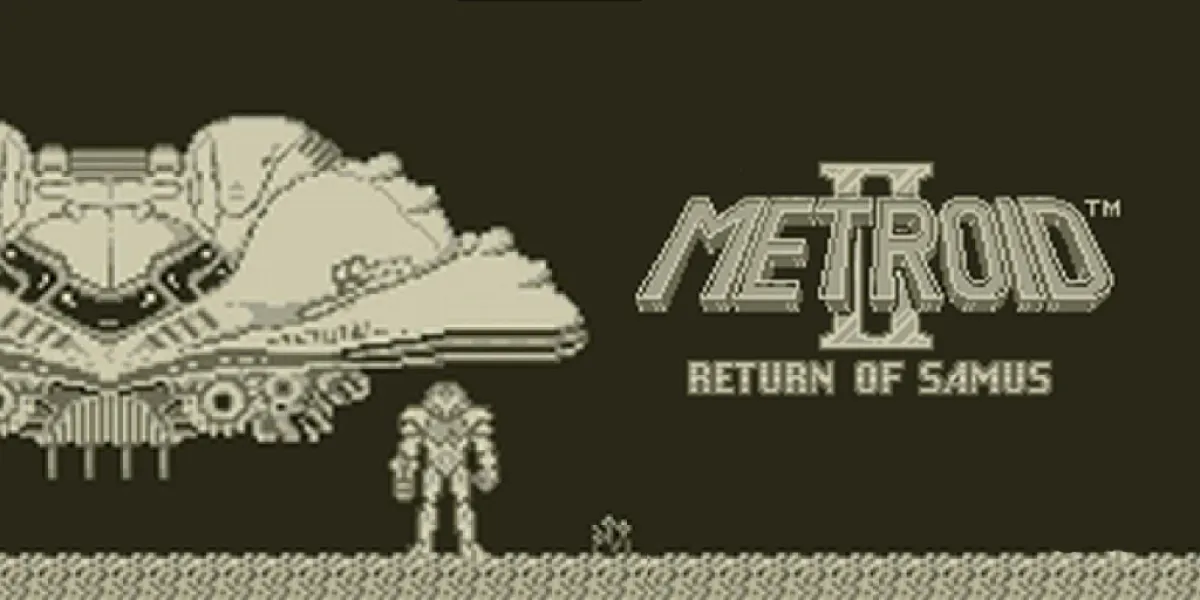
9) Metroid II: Return of Samus (Gameboy)
Making a direct sequel to a game isn’t surprising, but when the next sequel for an NES game is on the portable Gameboy, that can be pretty surprising. That being said, Samus’ journey on planet SR-388 is a compelling one despite the hardware limitations, one that has you completely exterminating the Metroid population. As you go deeper into the planet, the enemies become tougher and tougher, but it’s much clearer with its premise and goal than its predecessor. Still, the Gameboy isn’t as strong as the NES, so clear compromises were made (especially with the audio). If you were going to track down a version of this game, then the remake, for all its differences, is probably the way to go. Consider this version of Metroid II more of a historical curiosity than anything else.
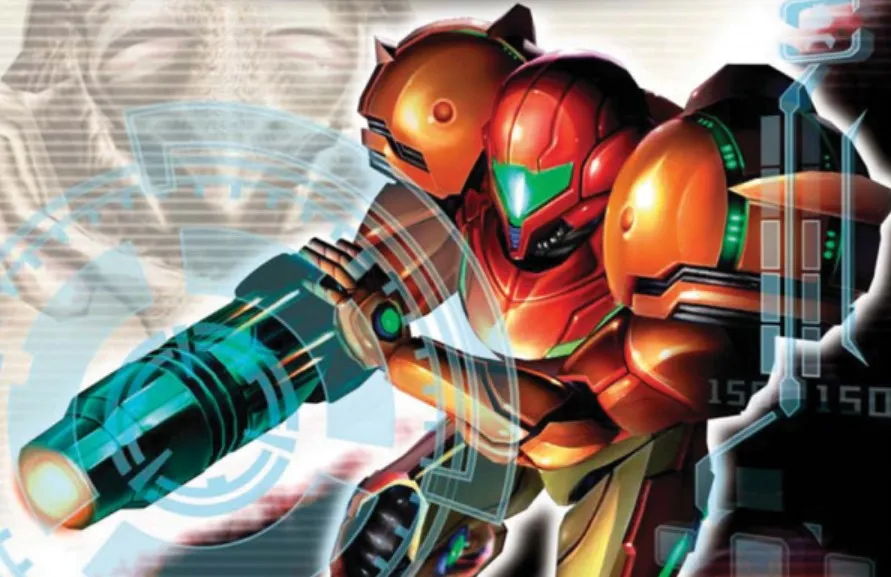
8) Metroid Prime 2: Echoes (GameCube)
Making a sequel to one of the best games of a generation is no easy feat, but Metroid Prime 2: Echoes did a commendable job. It continued the solid FPS gameplay established by Metroid Prime and offered its own unique additions to the formula, such as the light-world and dark-world mechanic that gave you two different environments to explore. It’s not exactly the most creative twist in the world and plenty of sections in Echoes are moments I would never like to revisit (Spider Guardian, anyone?). It’s still ostensibly the same great game as before though, just a little bit less impactful and a little more frustrating.
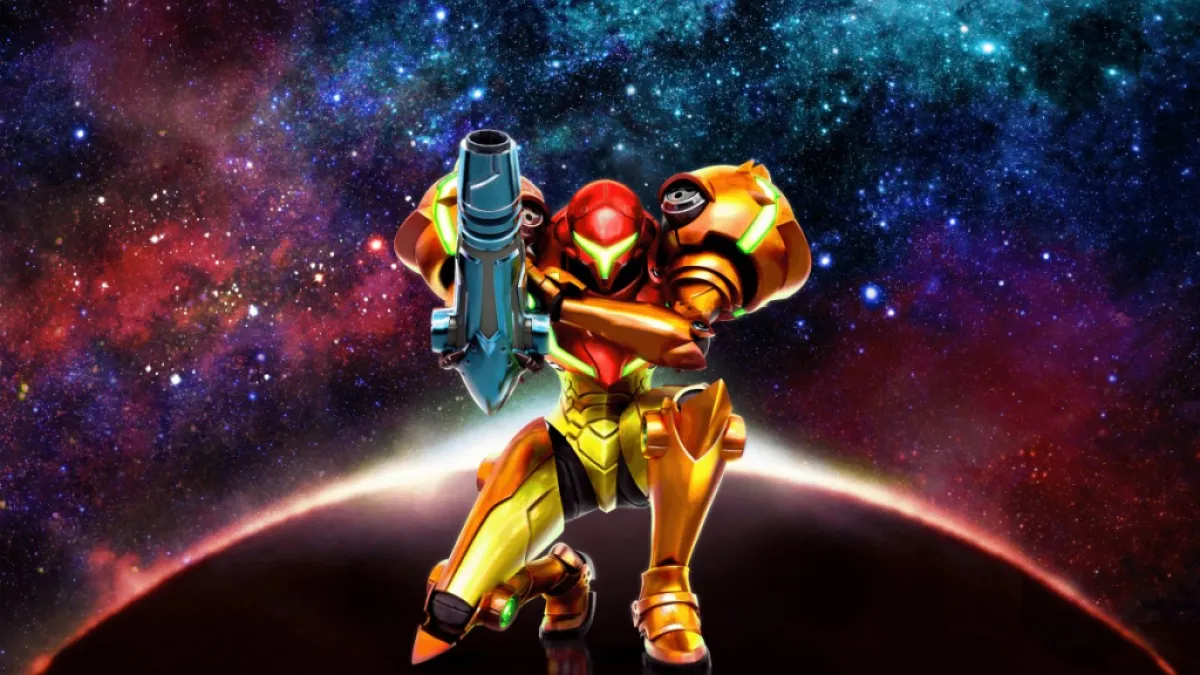
7) Metroid: Samus Returns (3DS)
Samus Returns was released at a weird time for Nintendo. After shutting down the fanmade AM2R and released on the 3DS right after the Switch came out, there was a lot of unfair judgment lobbed at Mercury Steam’s first foray into the franchise. It certainly has its rough edges, like an unbalanced combat system, inconvenient backtracking, and an ending that feels arbitrary in every sense of the word, but overall the game manages to come together pretty well. Samus Returns manages to refine the core of what made Metroid II work and new wrinkles like the Aeon system, which made getting 100% completion so much easier. It could be better in a few key areas, but it’s still a worthy and fun entry.
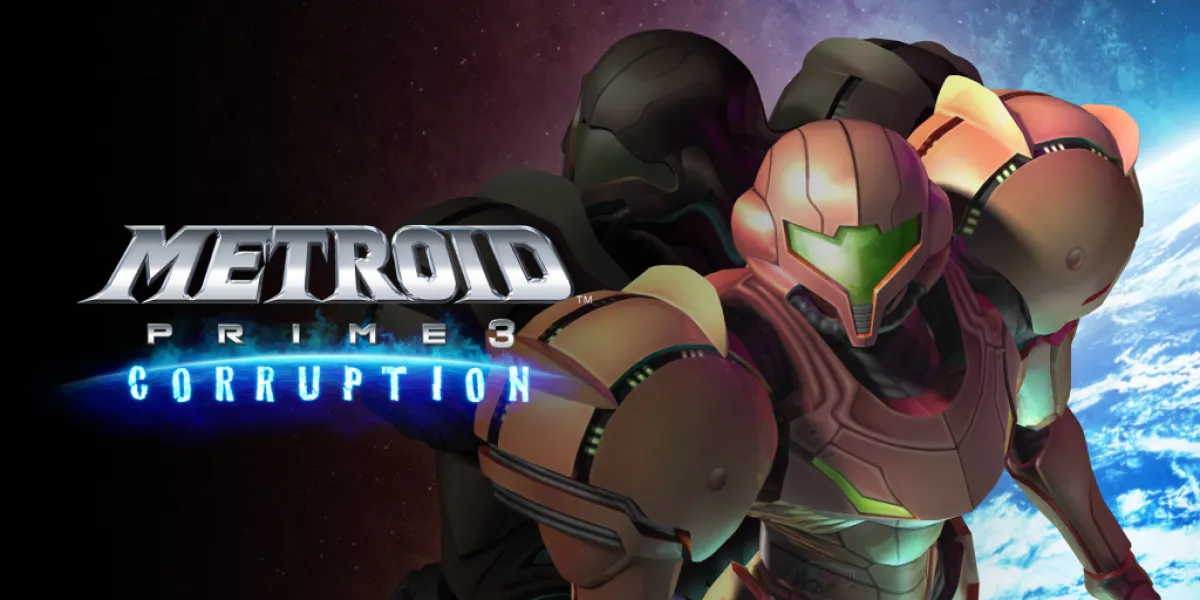
6) Metroid Prime 3: Corruption (Wii)
Back when Metroid Prime 3: Corruption came out, it received praise and perfect scores on the same level as the original Metroid Prime. Now, the reception is a lot more tempered, but it still has its own merits. First, the Wii gave Metroid Prime 3: Corruption fluid motion controls that made the first two games look antiquated in comparison. There’s a reason why all the prior Metroid games were remade with this control system in mind. Plus, the more linear progression gave way to better action set pieces and moments that offered a different perspective of what an action-focused Metroid could be. Its highs aren’t as high as the original, but they’re also not as low as Metroid Prime 2, making it an overall fairly consistent game.
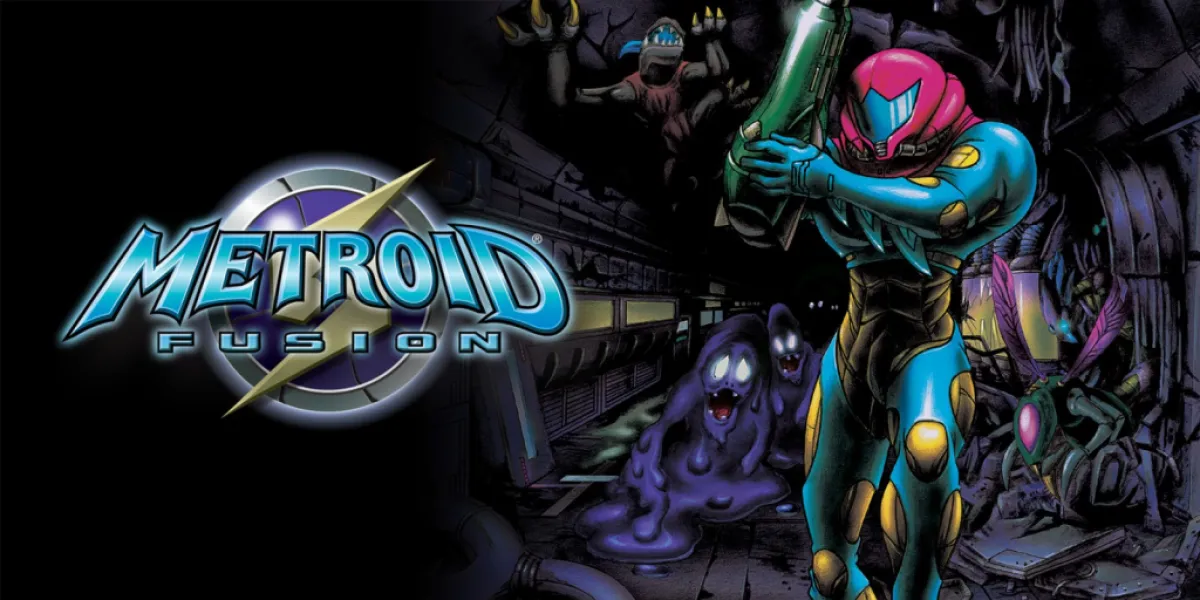
5) Metroid Fusion (Gameboy Advance)
You have to give props to Nintendo for adding genuine horror elements to Metroid Fusion, but that allowed this early Gameboy Advance game to shine on its own merits. While exploration is limited for the majority of the game, Fusion trades that in for narrative cohesion and tension. The plot became much more prominent and helped establish just how isolating and imposing the BSL Station, and the X Parasites infecting it, are. This makes Metroid Fusion one of the harder games in the series given just how weak you are both mechanically and narratively, not helped by the fact you have to fight some of the franchise’s hardest bosses, including the fearsome SA-X. But that unique tone and perspective really elevate Fusion above its peers.
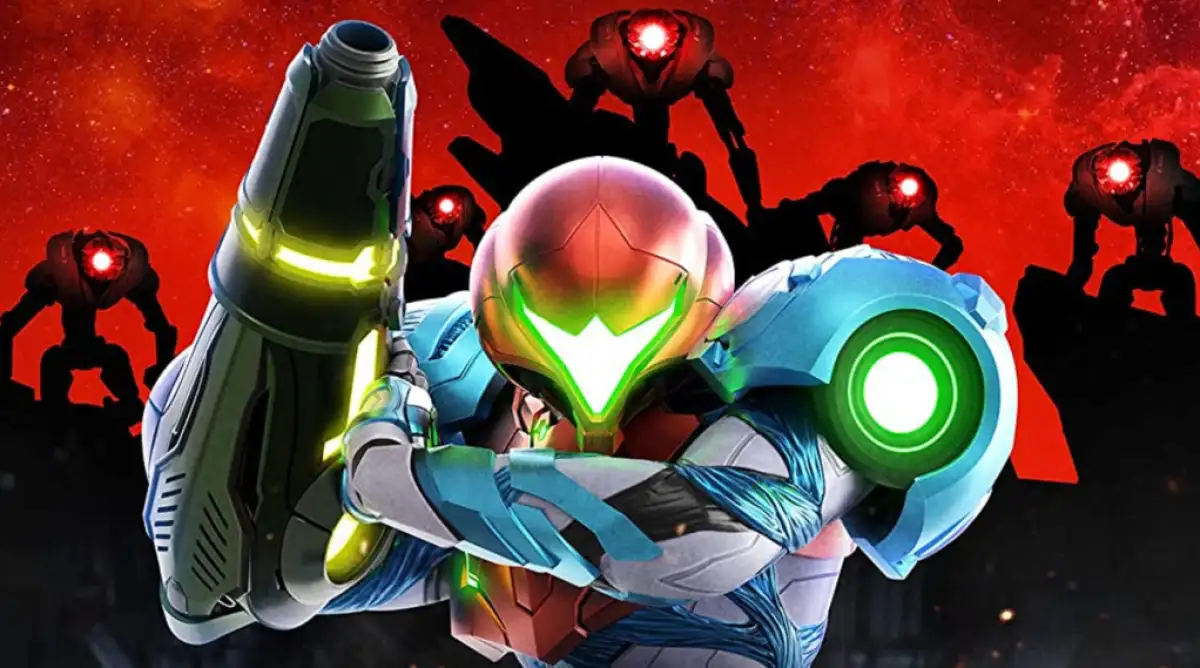
4) Metroid Dread (Switch)
Metroid Dread was in the works in some way, shape, or form for over a decade and the wait was worth it in the end. Combining the best elements of Metroid Fusion with Metroid: Samus Returns, Metroid Dread proved that Metroid had a place in the current gaming landscape. Samus has never controlled better, with fast and fluid gameplay in a world that, like Fusion, isn’t afraid to beat you down and make you beg for more. Some minor performance issues and some mediocre stealth sections aside, Metroid Dread is a clear effort of love for anything Metroid and given its status as the best-selling game in the series, deserves to be played by any fan of 2D action-platformers.
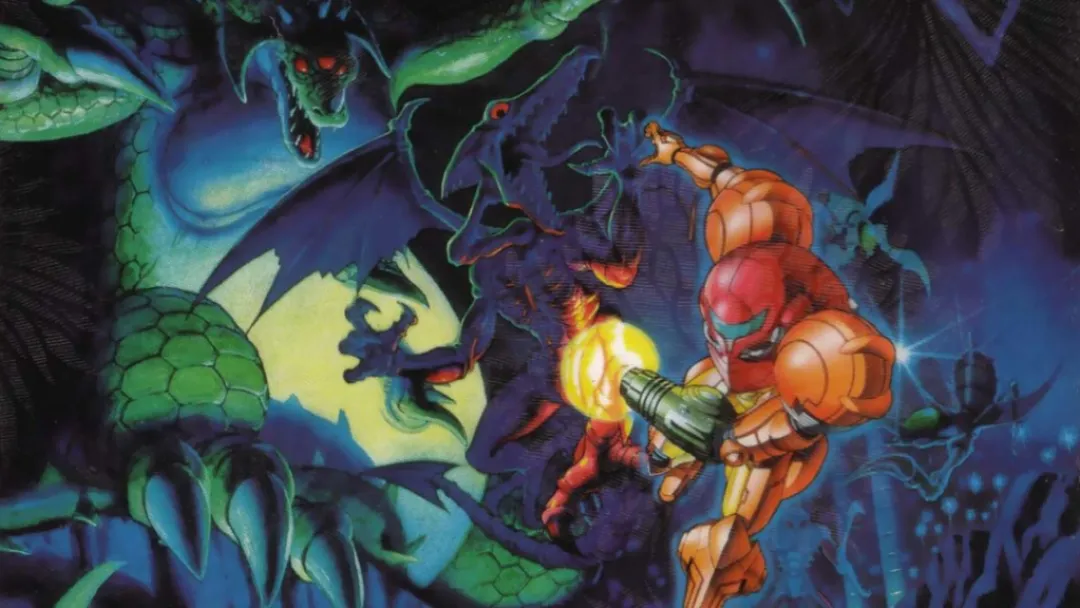
3) Super Metroid (SNES)
Super Metroid is famous. It’s one of those games that you need to play before you die. Released on the SNES, Super Metroid offered a foreboding world to navigate across that set the gold standard for how to explore in a 2D platformer. We all know how it laid the foundation for the “Metroidvania” subgenre of games, but it’s easy to forget also that Super Metroid gave the player unprecedented freedom to explore. Sequence breaking became a thing thanks to Super Metroid and the game has helped to popularize the concept of speedrunning. Look, Super Metroid is a classic and really doesn’t need justification for why it’s this high. It’s just that good.
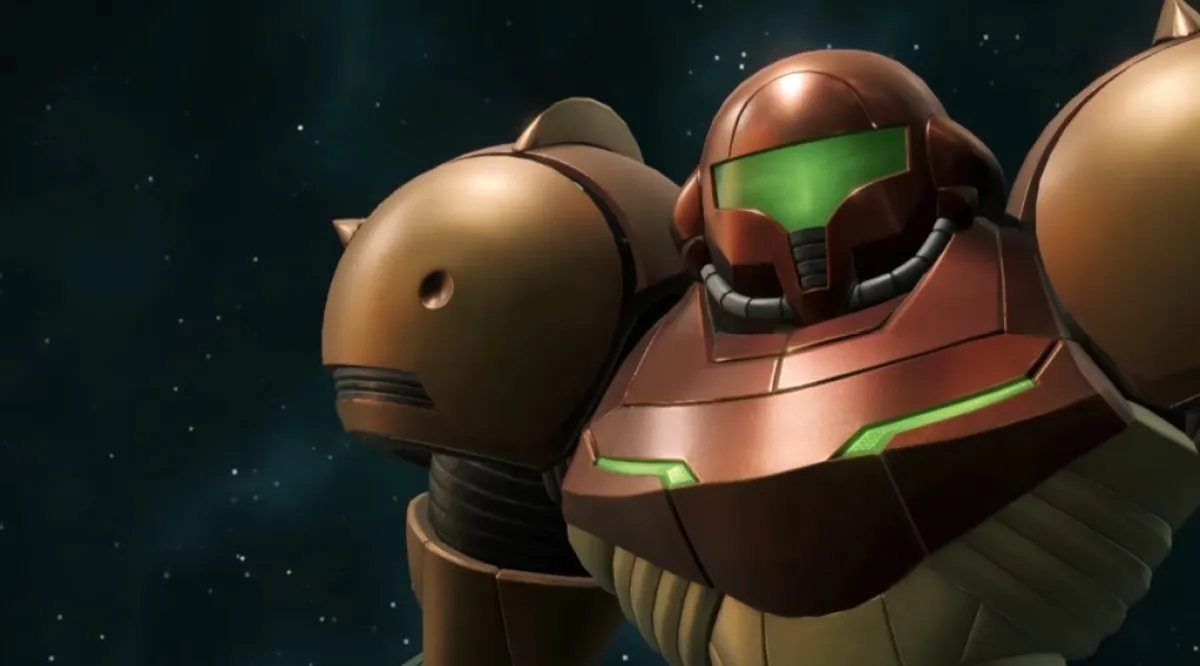
2) Metroid Prime (GameCube)
When Metroid Prime was released back in 2002, apprehension was at an all-time high. Not only was it a follow-up to Super Metroid, and not only did it come from a brand new studio, but it was a first-person shooter, a genre that at the time struggled to adapt to consoles. Miraculously, all of those fears were put at ease after the game’s introduction. Metroid Prime presented a dark and engrossing world with fluid and impressive gameplay, made even better by future remasters that refined the controls and framerate. The world-building, sound design, and technical merits are something to admire and respect, making Tallon IV the best world in any Metroid game. The game’s one weakness? The Chozo Artifact hunt. Other than that, absolute masterpiece.
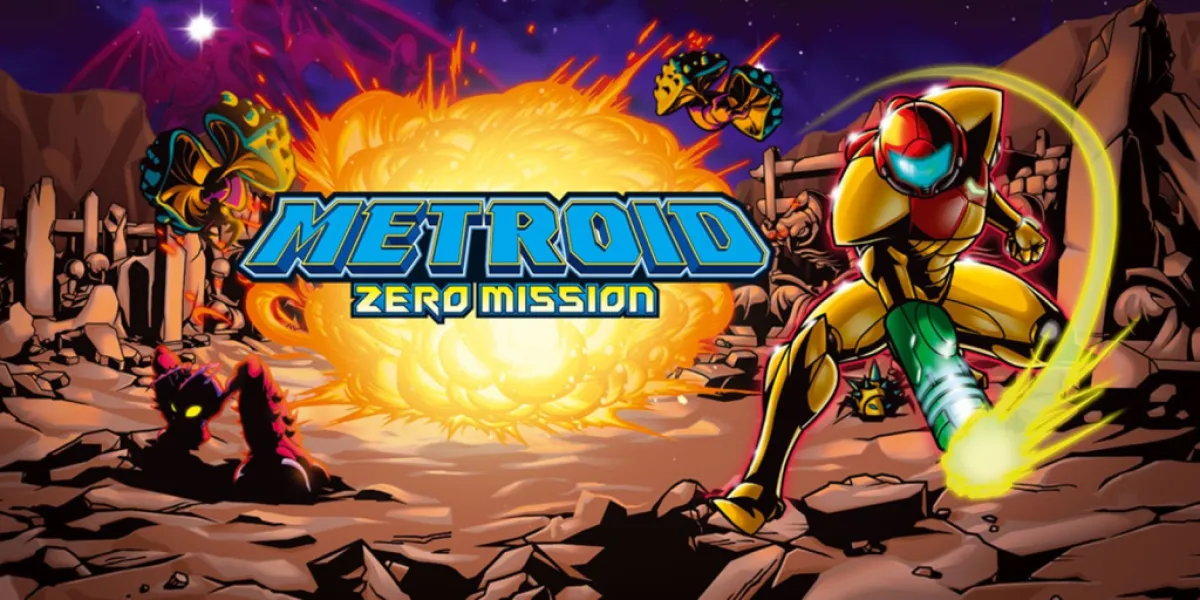
1) Metroid Zero Mission (Gameboy Advance)
People love Metroid for a reason. The world-building, exploration, the drive to get 100% completion, the speed-running capabilities. All of these elements make each game in the series unique, but no game in the series does these better than Metroid Zero Mission. It’s an evolution of what made the original Metroid so beloved and adds even more features and areas to explore. It always feels like something is happening in Zero Mission, whether it be the many boss fights, the Zero Suit sequence, or just exploring the world and solving environmental puzzles. No game in the series perfectly distills what it means to be a Metroid game quite like Metroid Zero Mission. It’s a game that anyone can pick up and instantly fall in love with.

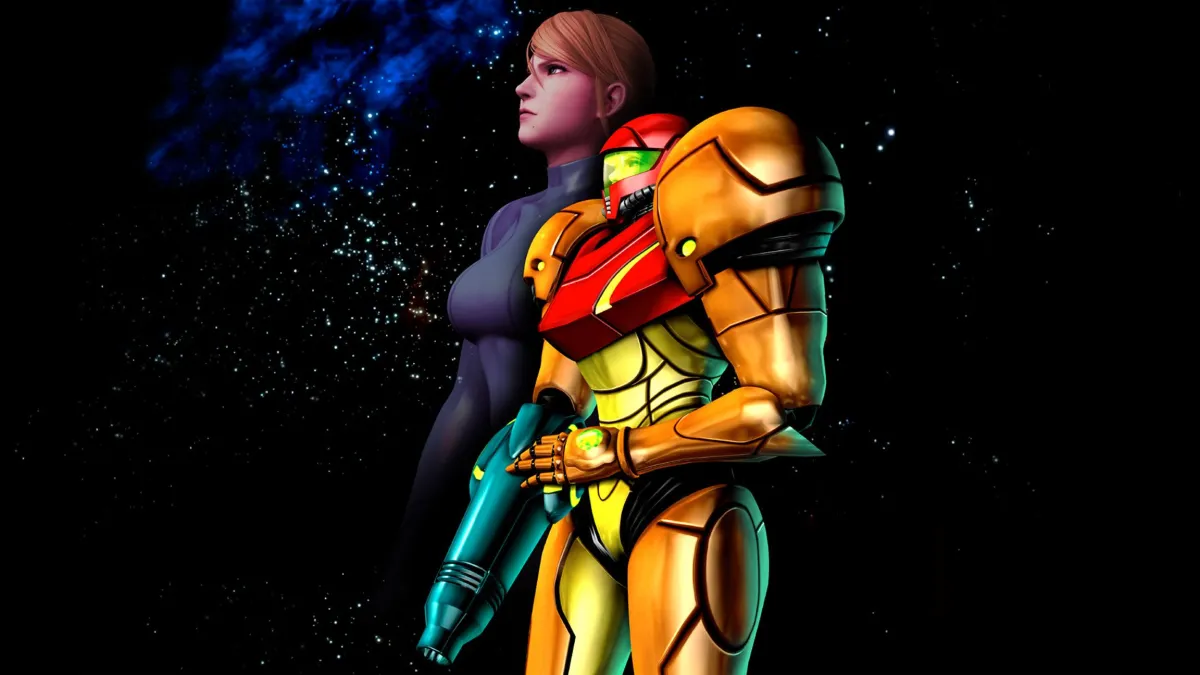

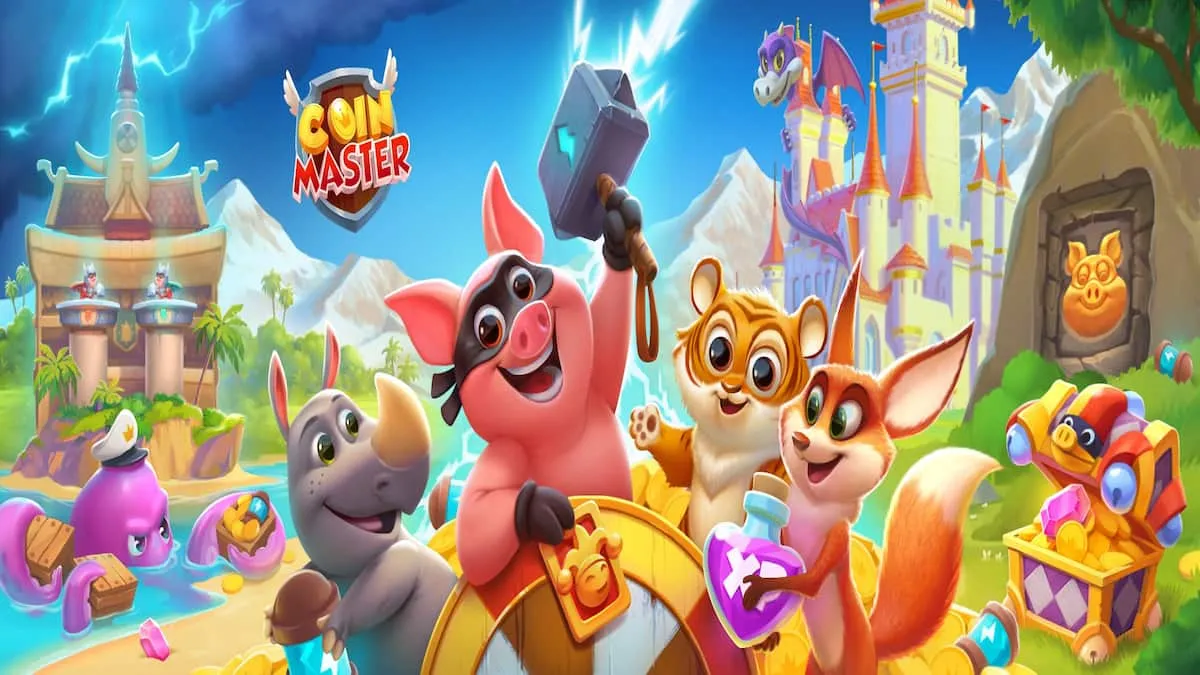
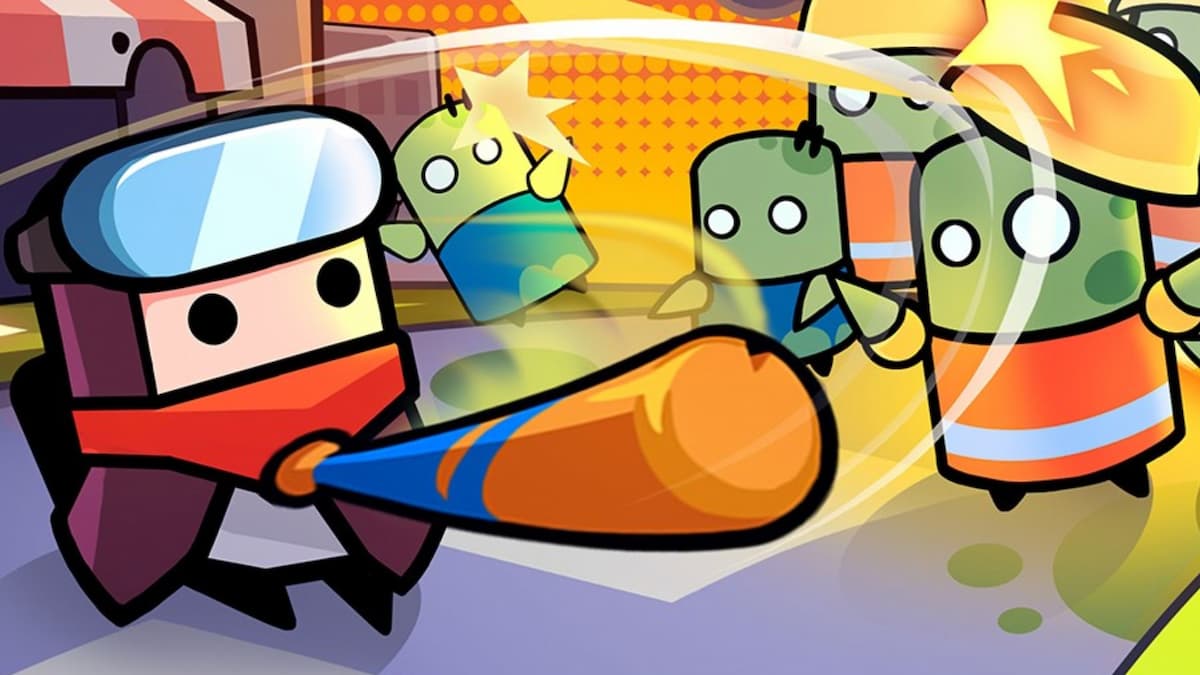
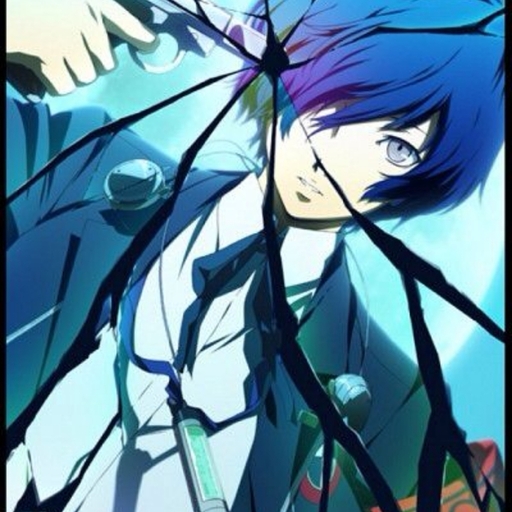
Published: Mar 17, 2024 03:40 pm